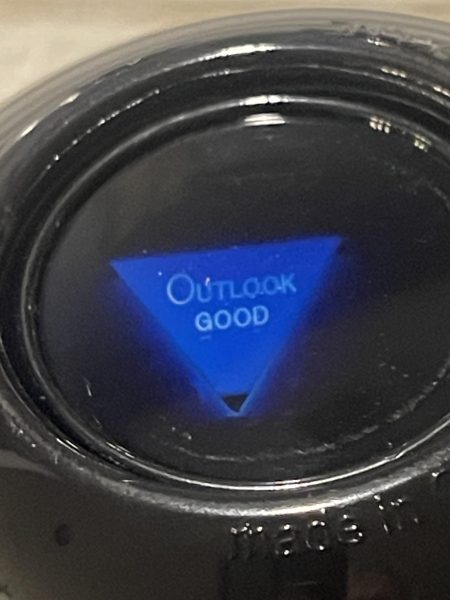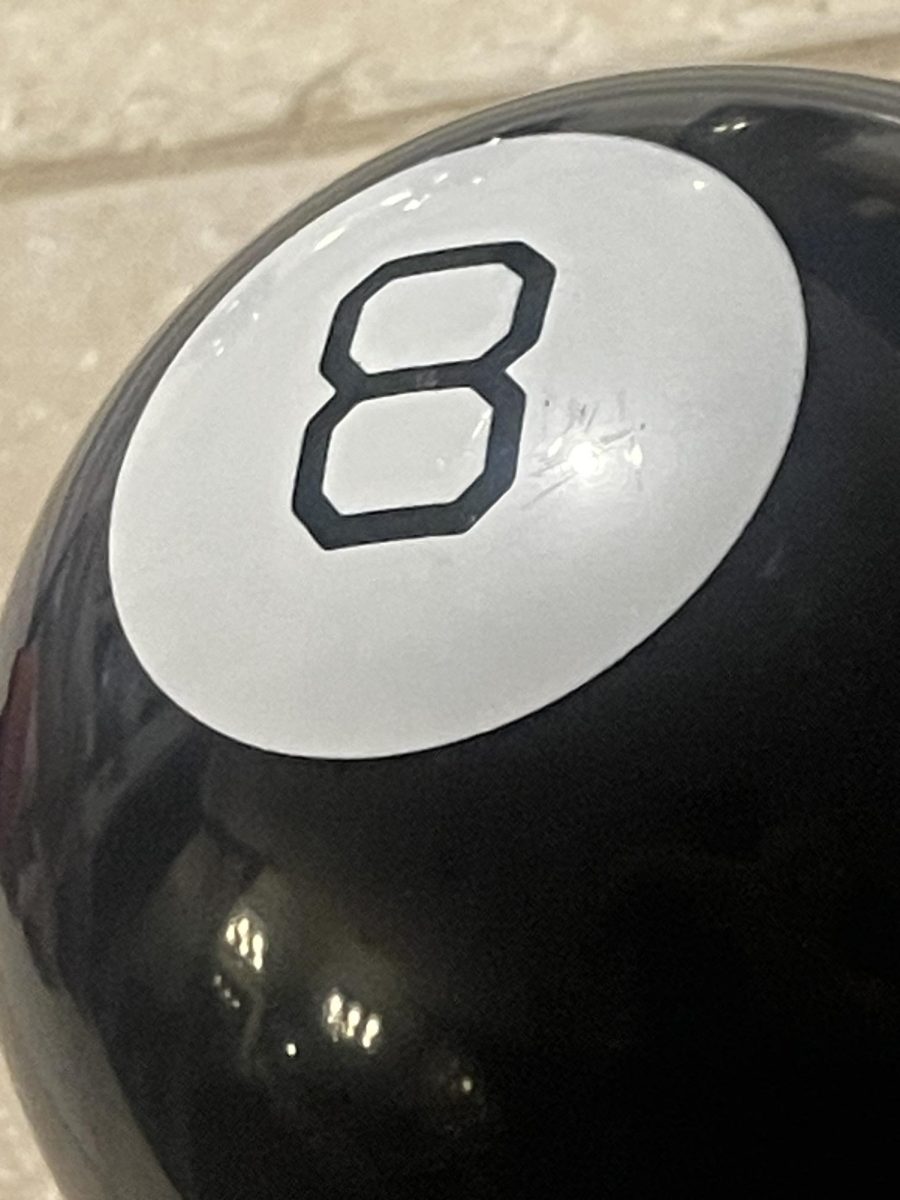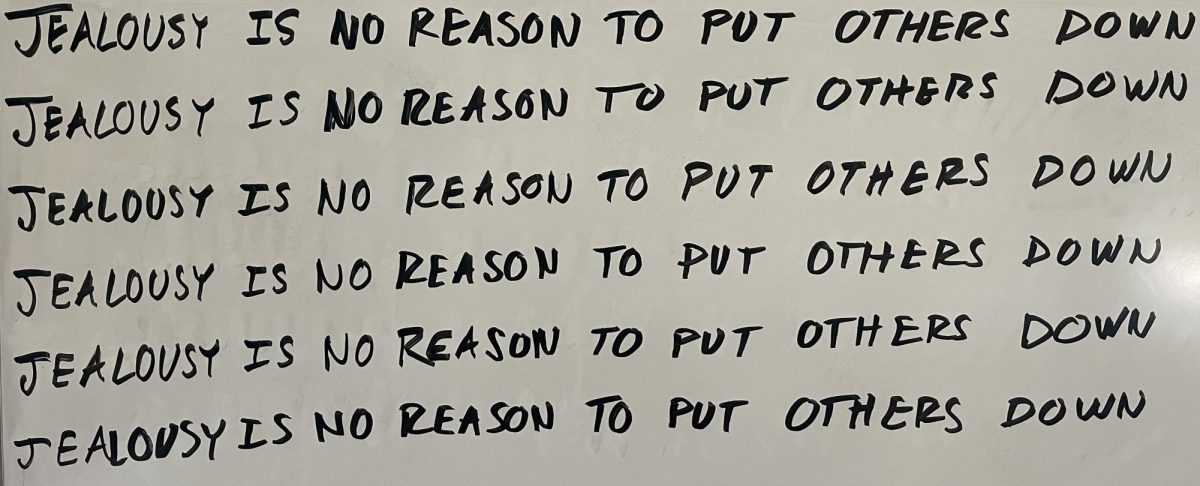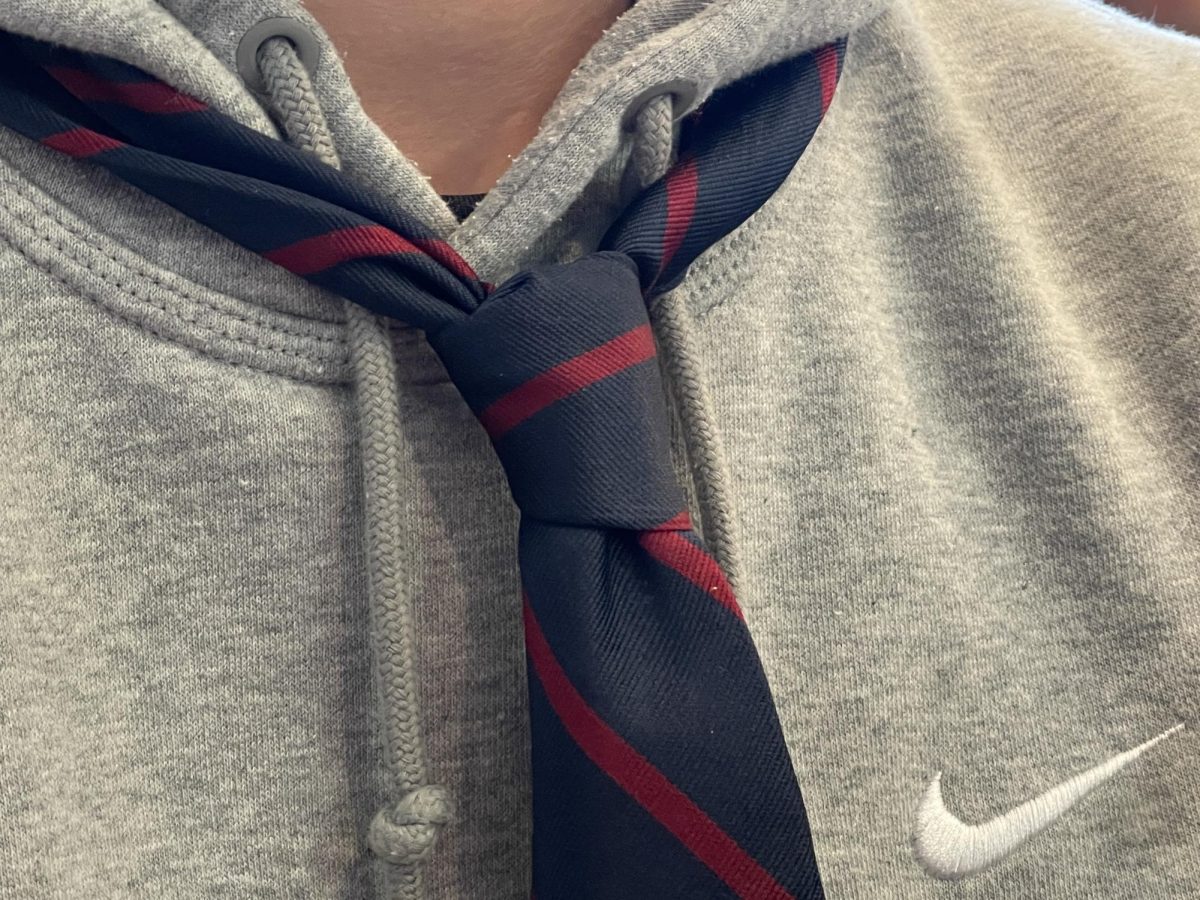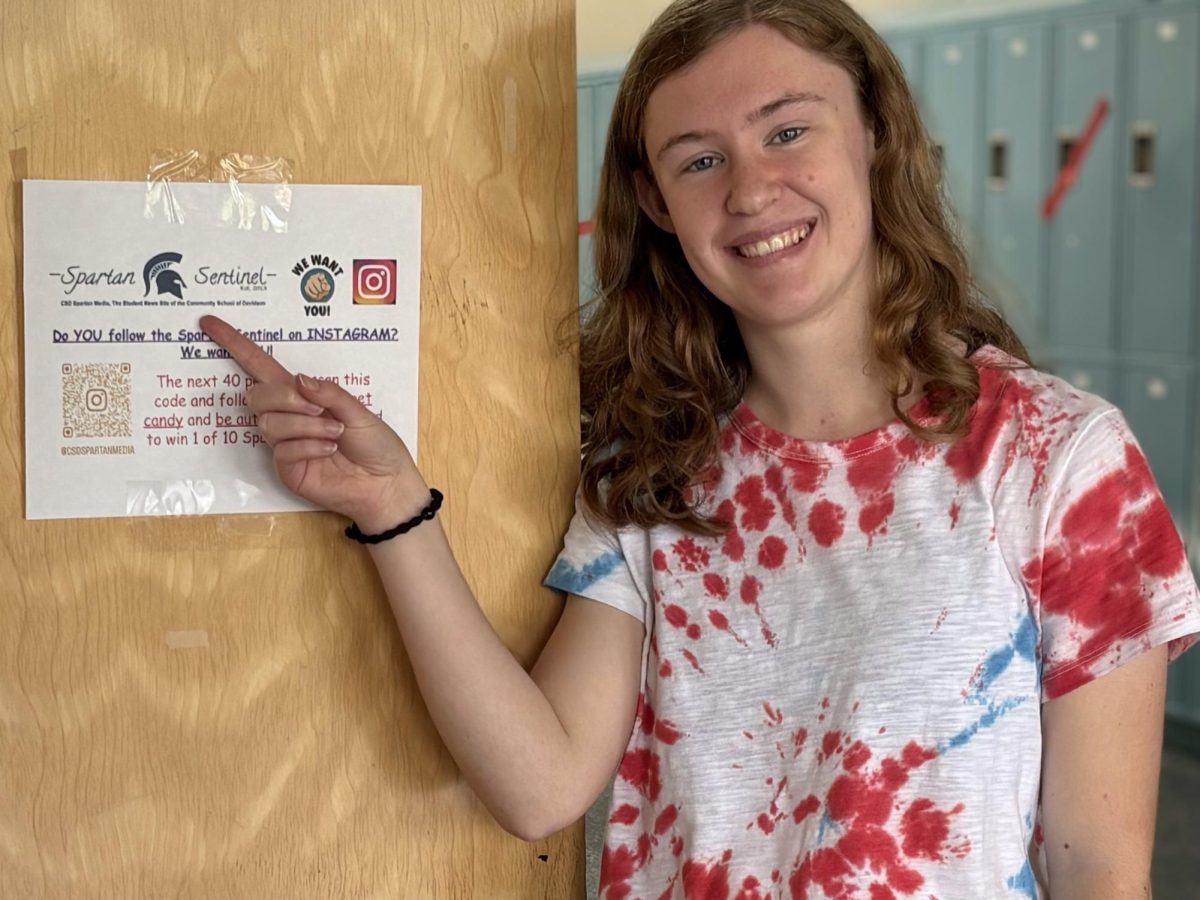To my student journalist friends,
It wasn’t long ago that journalism looked and operated very differently. While there was always news, the way it was captured, reported, written, produced and delivered looked nothing like it does today.
As an industry, a smaller number of big companies (i.e., print publications and broadcast networks) dominated local, regional and national markets. The big three networks – ABC, NBC and CBS – ruled television while print media giants like The Washington Post, The New York Times, The Los Angeles Times and the Chicago Tribune captured print audiences.
Jobs within these companies were very clearly defined. Whether TV or print, reporters searched for or were assigned stories. Copywriters pulled together written copy, fact checkers had their say then producers jumped in to build packages. Photographers and cameramen contributed the visuals. All this was done under the careful watch of section editors, copy editors and managing editors.
If this sounds complex and confusing, yes, it most certainly was. But that’s the way journalism always did it. That’s all the industry knew.
The way news reached the consumer was very different, too. Newspapers had strict evening deadlines so that the papers could be set and printed through the night then sorted and delivered before sunrise. Subscribers had their newspapers at their early morning door or they would pick up a copy at a newsstand to go with a cup of coffee.
What you read in the paper often dictated and directed your day.
Television news was different. Morning news wasn’t much, it was the evening news when anchors announced and shared all the breaking news. Imagine coming home from work, sitting at the table and tuning in for 30 to 60 minutes each evening.
Then things began to change. CNN’s concept of a 24 hour news station upended the traditional network model. Smaller print papers worked their way into communities as news became more local and more personalized. And then cell phones exploded on the news scene.
Fast forward to journalism today and nearly everything that once existed has changed. News, like everything else, is individualized. You grab it when and where and how you choose. Your cell phone and/or tablet has basically replaced what was once printed.
Newspapers no longer dominate. And, yes, while the three major television networks still operate, they are a skeleton of what they once were.
And what about the industry? The traditional jobs are all but gone. Journalists now write, edit, produce, capture video and put together their own content. You can now do on your cell phone or laptop what once took multiple offices and computers not to mention nearly one dozen personnel.
Many journalists have established their own brand or landing spot. Others sell their content or share it. Journalists now make the rules.
It is an exciting time to be learning journalism. As an industry, journalism is growing. Because more and more consumers demand content, and they demand it in a wide variety of different ways, there are more opportunities. Journalists like you are in demand.
Digital content has become king. Breaking news now comes from anyone, anywhere, at any time. Through social media, we have direct access to our favorite teams, organizations, companies, actors and personalities. We are all news junkies, aren’t we?
So where does our class fit in? Believe it or not, we are our own established news site/source. The CSD Spartan community looks to us for news and updates and information and entertainment. With our jobs and beats and overlaps in collaboration, we operate like a professional news organization. People trust us. People follow us. And the content we bring to our publication is respected and valued.
It is now mid December and in a little more than our four months together since August we have gone from a group of individuals to a team. While we are learning our roles and learning journalism individually, we are also collectively moving forward, growing like a company in a modern journalistic world.
Watching you, advising you and directing you is a joy. You are a powerful team of eight – The Magic 8 – and all of you should be proud of what you are creating. You are learning to capture the story. You are learning about the “it” of a story and you are developing your own voices. Journalism has changed throughout history and you are changing it, too.
So here’s to a great first half the year of storytelling and creating. Here’s to taking journalism to new levels and introducing things like podcasts, photo stories, editorials, features and so much more. Here’s to stepping outside of your comfort zone to deliver new and exciting content that CSD has never seen before you made it happen.
Each and every one of you should be proud of the progress you have made not only individually but also as valued and valuable team members.
Thanks for having me with you on this journey and I look forward to watching you do so many more great things when we get back together in January.
Love,
Mr. Savicki
